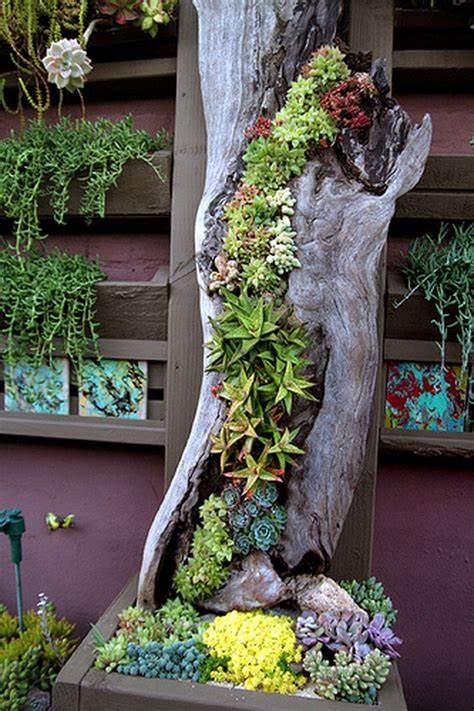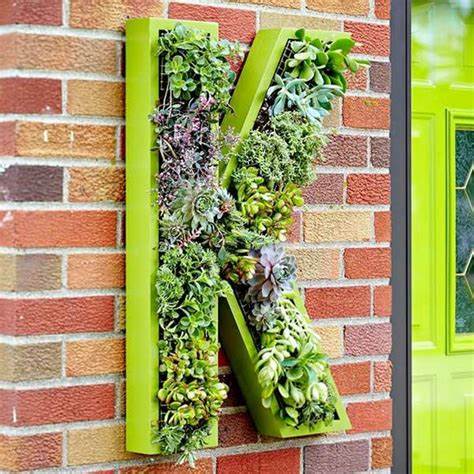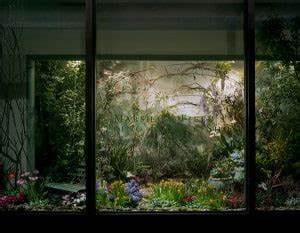
Vertical Gardens: Exploring Creative and Unique Designs for Urban Spaces
Introduction
Vertical gardens have gained significant popularity in recent years as a solution for maximizing green spaces in urban environments. These designs not only add aesthetic appeal to buildings and landscapes but also offer numerous benefits such as improved air quality, noise reduction, and insulation. In this article, we will delve into the importance of creative and unique designs in vertical gardens and how they contribute to the overall well-being of individuals and the environment.
Historical Background
The concept of vertical gardening dates back centuries, with civilizations like the Babylonians and Romans incorporating hanging gardens into their architectural designs. These early examples showcased the ingenuity of mankind in utilizing vertical spaces to create lush green environments. As time passed, vertical gardens became more practical and accessible, enabling even small urban spaces to be transformed into thriving green oases.
Key Concepts and Definitions
Vertical gardens, also known as living walls or green walls, are structures that allow plants to grow vertically on building facades or freestanding structures. They offer a range of benefits, including improved air quality through the absorption of pollutants, reduced energy consumption by providing insulation, and enhanced biodiversity by attracting birds and beneficial insects. Creative and unique designs in vertical gardens go beyond the traditional approach, incorporating innovative techniques and materials to create stunning visual displays.

Main Discussion Points
Design principles for creative and unique vertical gardens
Selecting the right plants and materials is crucial for the success of a vertical garden. Consideration must be given to the specific lighting conditions, climate, and available space. Incorporating vertical elements and structures, such as trellises or frames, adds depth and dimension to the design. Balancing aesthetics and functionality is key, ensuring that the vertical garden complements the overall architecture or landscape while serving its purpose as a green space.
Innovative techniques for vertical garden designs
Living walls and green screens are popular techniques for creating vertical gardens. Living walls utilize a variety of plants, mosses, or even ferns to create a visually appealing and eco-friendly display. Green screens, on the other hand, consist of plants trained to grow on a trellis or wire mesh, creating a natural privacy screen or shade structure. Vertical hydroponic systems enable plants to grow without soil, making them ideal for indoor applications. Integration of technology, such as automated irrigation systems or sensors, enhances the functionality and sustainability of vertical gardens. Additionally, creative use of repurposed materials, such as recycled containers or reclaimed wood, adds an eco-conscious element to the design.
Practical considerations for successful vertical garden designs
Proper lighting and irrigation are crucial for the health and growth of plants in vertical gardens. Different plants have varying light requirements, so it is important to choose species that thrive in the given conditions. Irrigation systems should be designed to provide adequate moisture without causing waterlogged roots or excessive runoff. Regular maintenance and care, such as pruning, fertilizing, and pest control, are essential for ensuring the long-term success of the vertical garden. Maximizing space and verticality in small areas can be achieved through creative placement of plants and innovative design elements. Addressing structural and weight limitations is important to ensure the safety and stability of the vertical garden.

Case Studies or Examples
Numerous real-world examples showcase the beauty and functionality of creative and unique vertical garden designs. The Bosco Verticale in Milan, Italy, stands as an iconic model of sustainable architecture, with its lush greenery providing a habitat for birds and insects. The Patrick Blanc-designed Musée du Quai Branly in Paris displays an awe-inspiring vertical garden that blends seamlessly with the museum’s architecture. These successful projects highlight the unique features and advantages of vertical gardens in different settings.
Current Trends or Developments
Recent trends in vertical garden designs focus on incorporating innovative techniques, materials, and technologies. The use of modular systems allows for easy installation and maintenance of vertical gardens. Advances in irrigation technology, such as drip systems and smart controllers, improve water efficiency and reduce maintenance requirements. Research findings on the benefits and effectiveness of creative and unique designs continue to emerge, emphasizing the positive impact of vertical gardens on air quality, mental health, and overall well-being.

Challenges or Controversies
Designing and maintaining vertical gardens come with their fair share of challenges. Limited space, especially in densely populated urban areas, can present difficulties in creating large-scale vertical gardens. The environmental impact of vertical gardens, such as increased water consumption or energy requirements, has sparked debates on their true sustainability. Cost-effectiveness is another contentious issue, as the initial investment and ongoing maintenance costs may be higher compared to conventional landscaping methods. However, advancements in technology and increased awareness of the benefits are helping to overcome these challenges.
Future Outlook
The future of creative and unique vertical garden designs looks promising. Advancements in materials, such as lightweight and self-sustaining substrates, will enable the creation of larger and more complex vertical gardens. Integration of renewable energy sources and smart technologies will further enhance the sustainability and functionality of these designs. Vertical gardens have the potential to transform urban environments, improving air quality, reducing the urban heat island effect, and promoting biodiversity. With continued innovation and experimentation, vertical gardens will play a significant role in achieving sustainable and resilient cities.
Conclusion
Creative and unique designs in vertical gardens offer a multitude of benefits to both individuals and the environment. From improving air quality and reducing energy consumption to enhancing the visual appeal of urban spaces, vertical gardens have proven their worth. By selecting the right plants and materials, incorporating innovative techniques, and addressing practical considerations, stunning vertical gardens can be created. The future holds even greater potential for advancements in vertical garden designs, creating greener and healthier urban environments.




